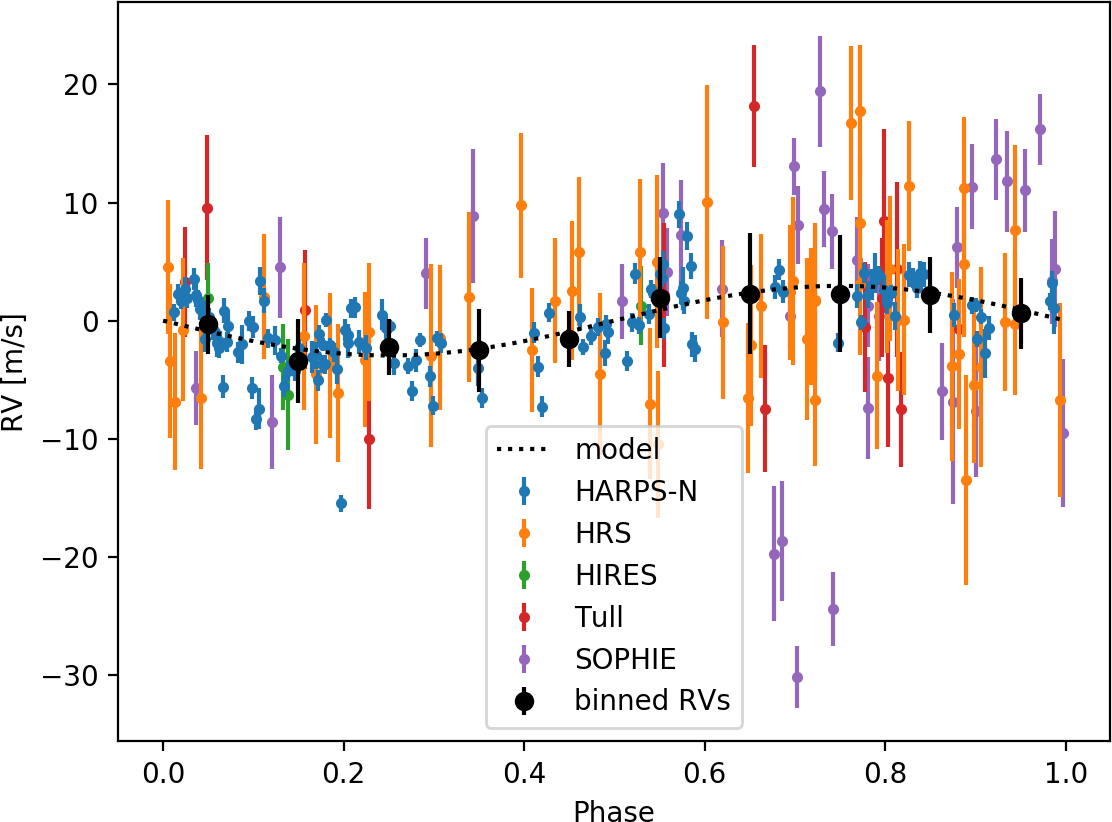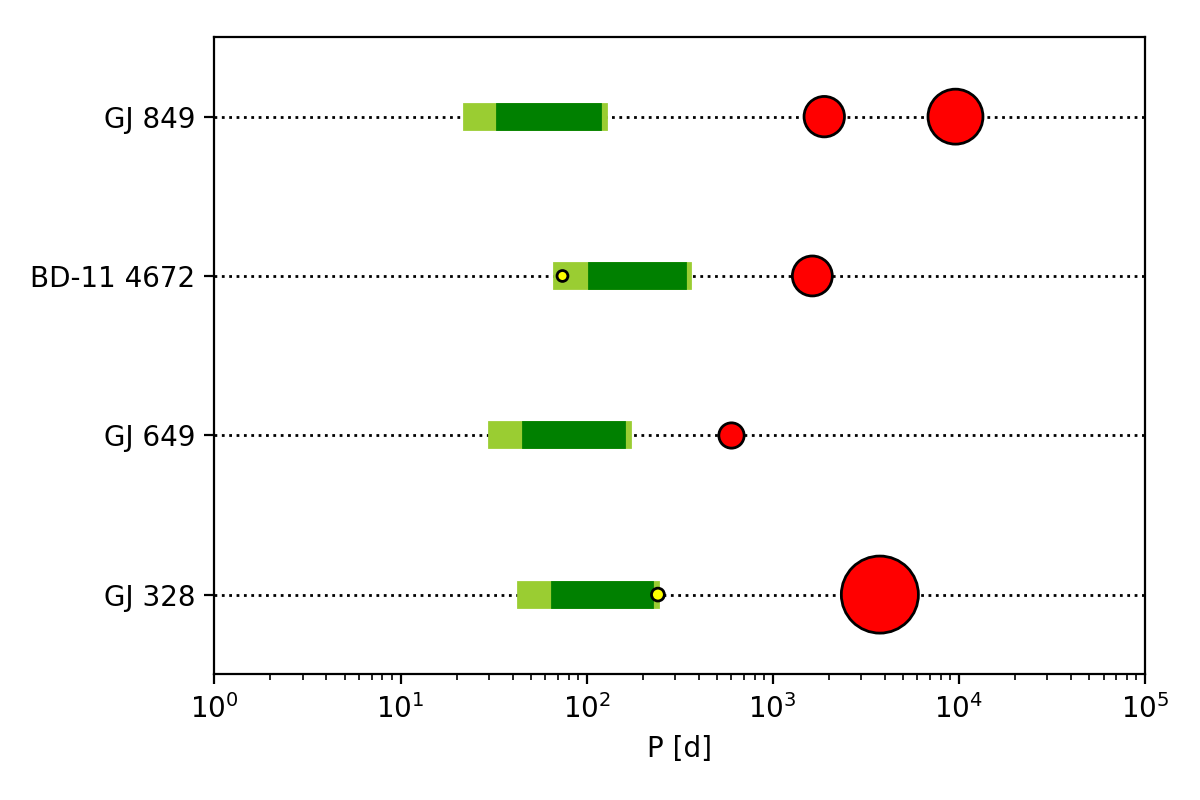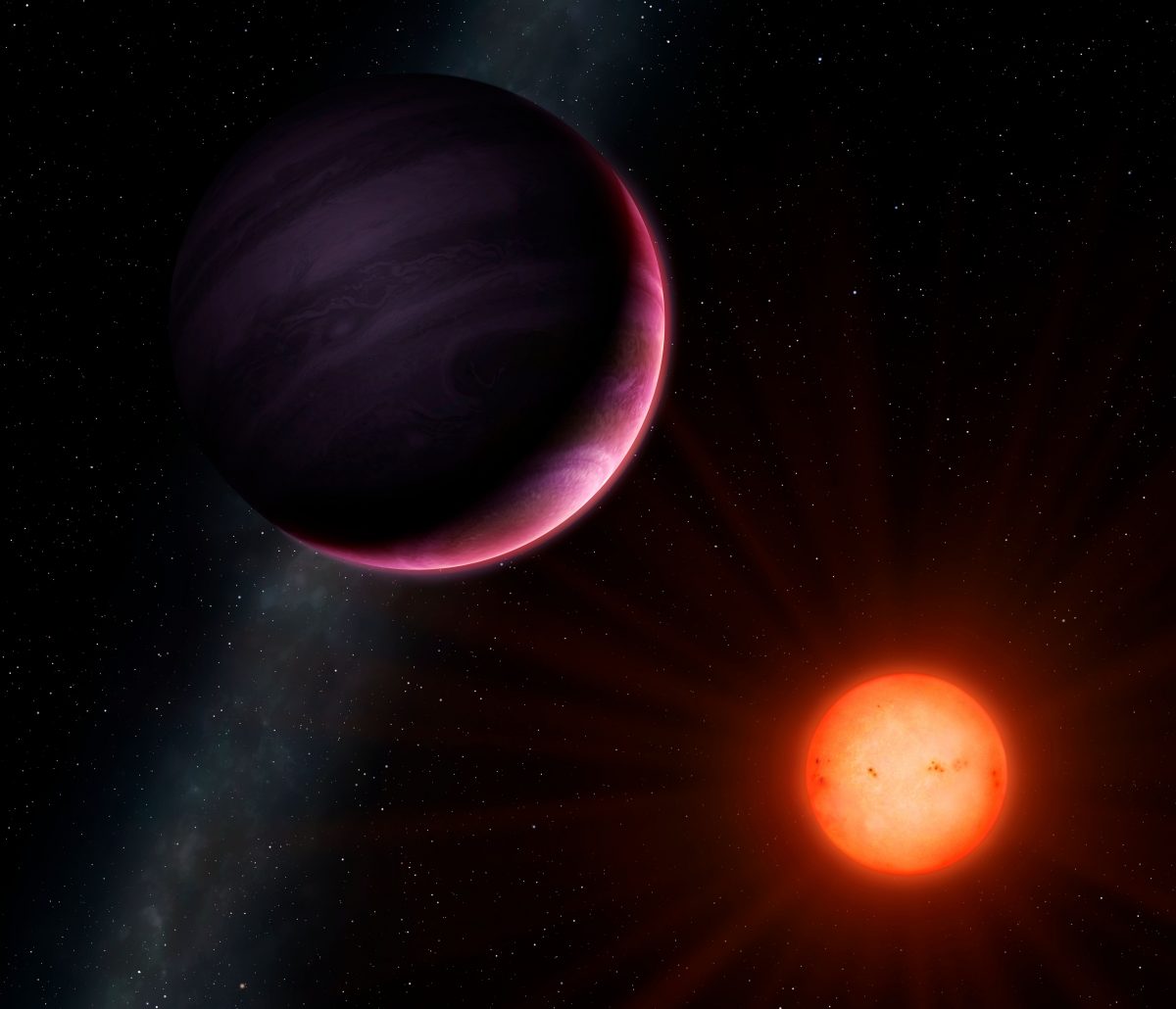Deep search for low-mass planets in late-dwarf systems hosting cold Jupiters
With the growth of comparative exoplanetology, it is increasingly clear that the relationship between inner and outer planets plays a key role in unveiling the mechanisms governing formation and evolution models. For this reason, it is important to probe the inner region of systems hosting long-period giants, in search of undetected lower-mass planetary companions.A high-cadence and high-precision radial velocity (RV) monitoring of 4 late-type dwarf stars was conducted with HARPS-N at TNG, within the observational programme Global Architecture of Planetary Systems (GAPS). These stars are known hosts to long-period giants with well-measured orbits, and were observed in search for short-period sub-Neptunes (SN, M sin i < 30 M⊕ ). Building on the results and expertise from previous GAPS studies, Matteo Pinamonti from Osservatorio Astrofisico di Torino lead the analysis of the newly acquired data of these systems, in order to refine the literature orbital solutions and search for additional inner planets. Moreover, the results from this small survey were used to estimate the frequency f of sub-Neptunes in systems hosting cold-Jupiters, and compare it with the frequency around field M-dwarfs. As part of the search, astronomers identified a new short-period low-mass planet GJ 328c, with period Pc = 241.8+1.3−1.7 days and Mc sin i = 21.4+3.4−3.2 M⊕ which orbits GJ 328 one of the early M-dwarf stars analyzed in this work. They also derived an estimate of the frequencies of inner planets in such systems.
In particular if f is the frequency of sub-Neptunes in systems hosting cold-Jupiters, they found that f = 0.25+0.58−0.07 for mini-Neptunes (10 M⊕ < M sin i < 30 M⊕ , P < 150 days), marginally larger than the frequency around field M-dwarfs. For lower-mass planets (M sin i < 10 M⊕ ) f < 0.69, compatible with the frequency around field M-dwarfs.
In light of the newly detected mini-Neptune, these results present tentative evidence of a positive correlation between the presence of long- period giant planets (cold Jupiter) and that of inner low-mass planets, which might indicate that cold Jupiters have an opposite influence in the formation of inner sub-Neptunes around late-type dwarfs as opposed to their solar-type counterparts, boosting the formation of mini-Neptunes instead of impeding it.

Phase-folded RV signal of GJ 328 c (lower panel). The blue points are the new HARPS-N measurements, while the other coloured points are the previous observations acquired with other instruments. The black points and error bars represent the binned weighted averages and standard deviations of the data. The black dotted line shows the fitted planetary signal.

Orbital architecture of the known planets in the observed systems. The giant planets in the sample are shown as red circles, while the yellow circles show the positions on the sub-Neptunes; the circle sizes are proportional to the minimum planetary mass. The circumstellar habitable zone of each system is shown as a green band, with dark and light green representing a conservative and optimistic definition, respectively.
Link to the paper: https://ui.adsabs.harvard.edu/abs/2023arXiv230604419P/abstract


